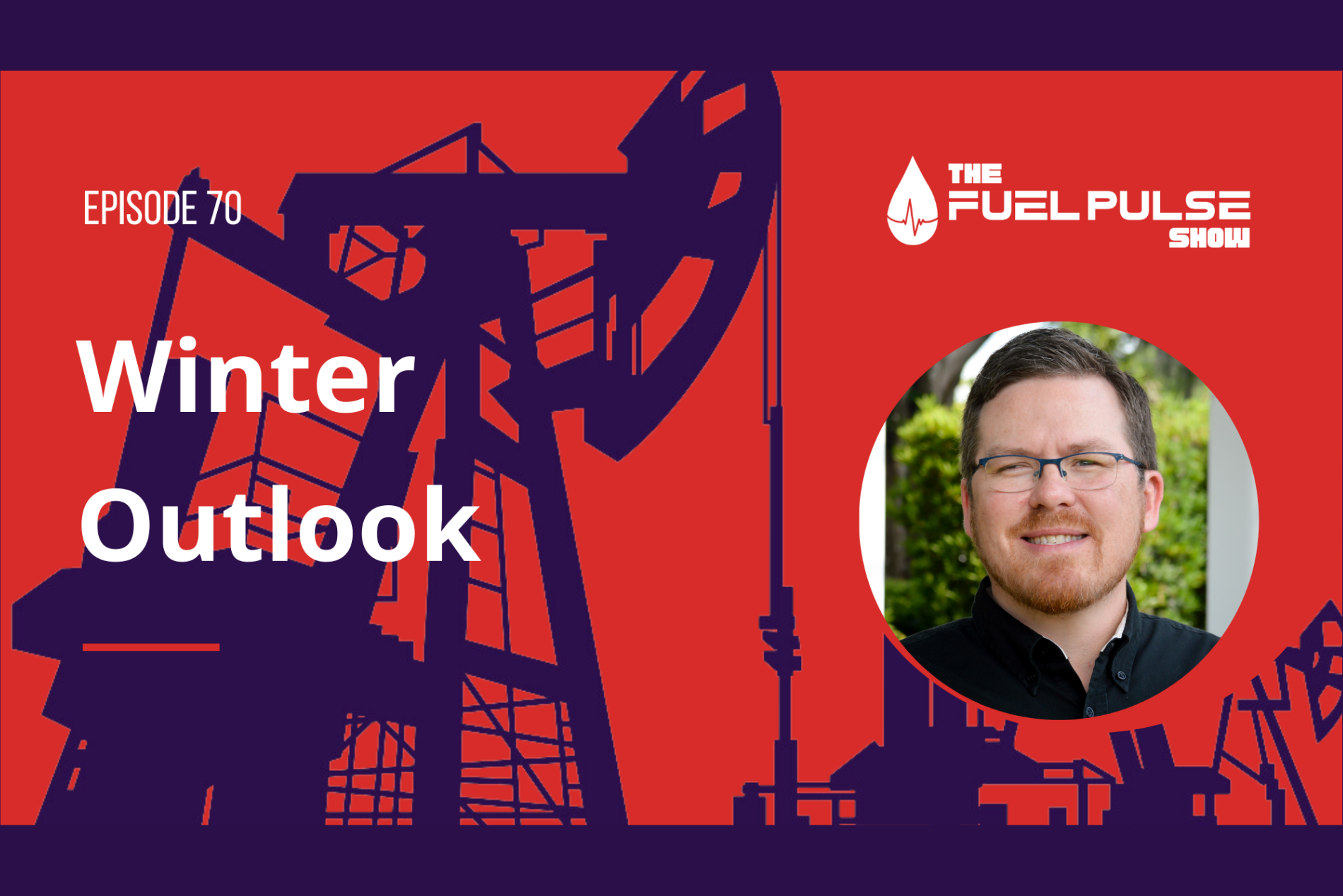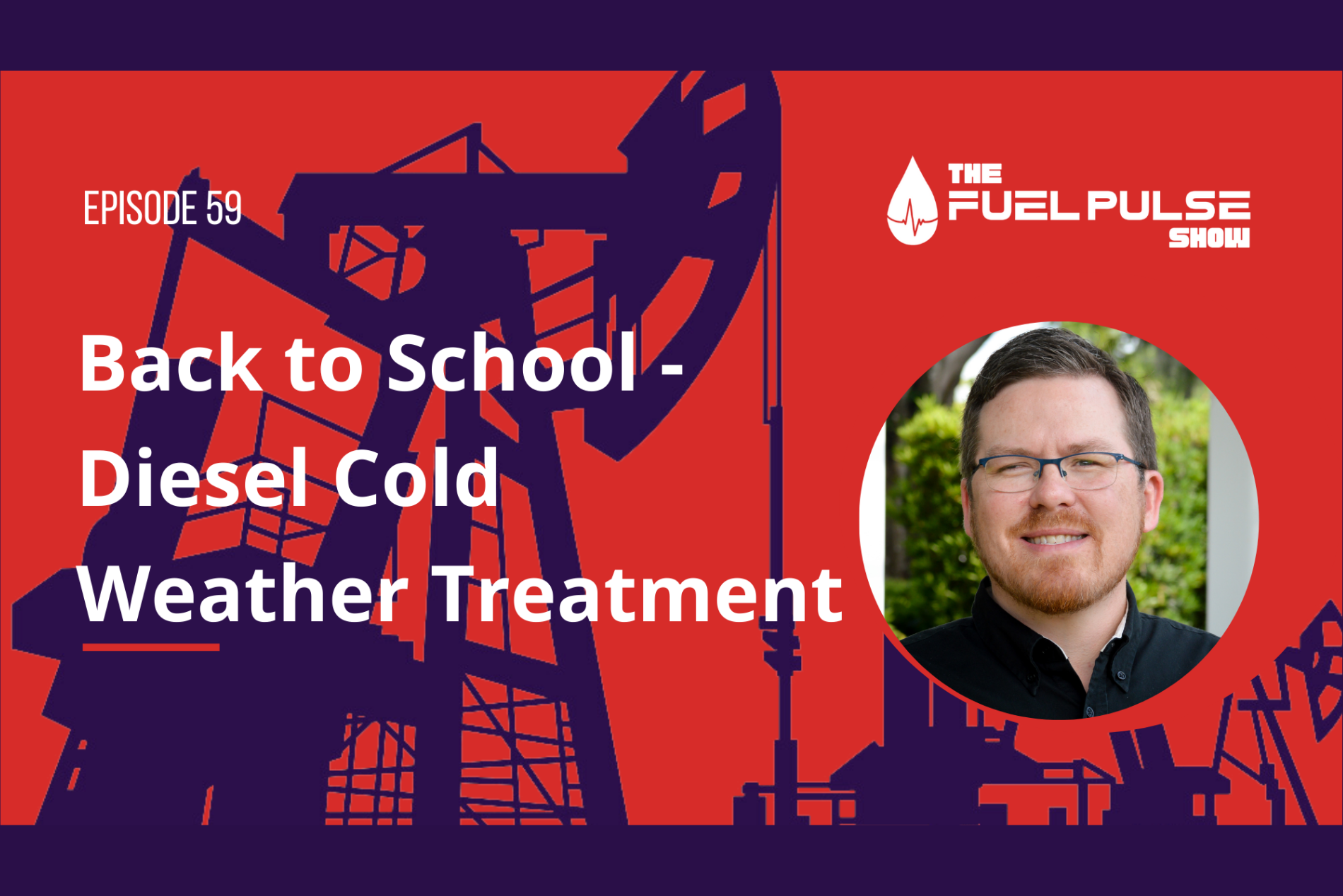Episode 057 - Back To School - Why Diesel Gels
In this episode of the Fuel Pulse Show podcast, host Erik Bjornstad explores diesel fuel's behavior in cold temperatures. He explains the fuel's...
1 min read
Erik Bjornstad : Oct 2, 2024 6:00:00 AM

In this Fuel Pulse Show podcast episode, host Erik Bjornstad delves deeper into the complexities of diesel fuel gelling. Building on previous discussions about cloud point and cold filter plug point temperatures, Bjornstad explains how temperature patterns, not just absolute temperatures, affect fuel gelling.
He presents four common temperature scenarios and their impacts on diesel fuel, highlighting the importance of sustained cold periods and sudden temperature drops. The episode emphasizes that while typical cloud points for diesel fuels are around 16-17°F, individual fuel compositions and temperature change rates play crucial roles in gelling behavior. Bjornstad concludes by previewing the next episode on prevention strategies.
Here are three notable quotes from the podcast episode:
[00:00:00] Introduction and recap of previous episode on diesel fuel jelling
[00:01:00] Explanation of how temperature patterns affect fuel jelling
[00:02:00] Introduction to various temperature scenarios
[00:03:00] Scenario 1: Temperature drops and rises above cloud point
[00:04:00] Scenario 2: Temperature stays close to cloud point for days
[00:05:00] Scenario 3: Temperature drops steadily below cloud point
[00:06:00] Scenario 4: Sharp temperature drops and their effects
[00:07:00] Review of key points and preview of next episode
[00:08:00] Closing remarks and call to subscribe

In this episode of the Fuel Pulse Show podcast, host Erik Bjornstad explores diesel fuel's behavior in cold temperatures. He explains the fuel's...

In Episode 70 of the Fuel Pulse Show, Erik Bjornstad provides a comprehensive analysis of the upcoming winter weather forecast across different U.S....

In this episode of the Fuel Pulse Show, host Erik Bjornstad continues the "back to school" series, focusing on preventing winter gelling problems in...